If you found this page, you're probably wondering, what are the best games like Steins;Gate. Luckily, we have prepared for you 10 games similar to Steins;Gate in terms of genre, gameplay, and visuals. You should check out these titles, and, thanks to GameScribe, you can get them at the lowest price!
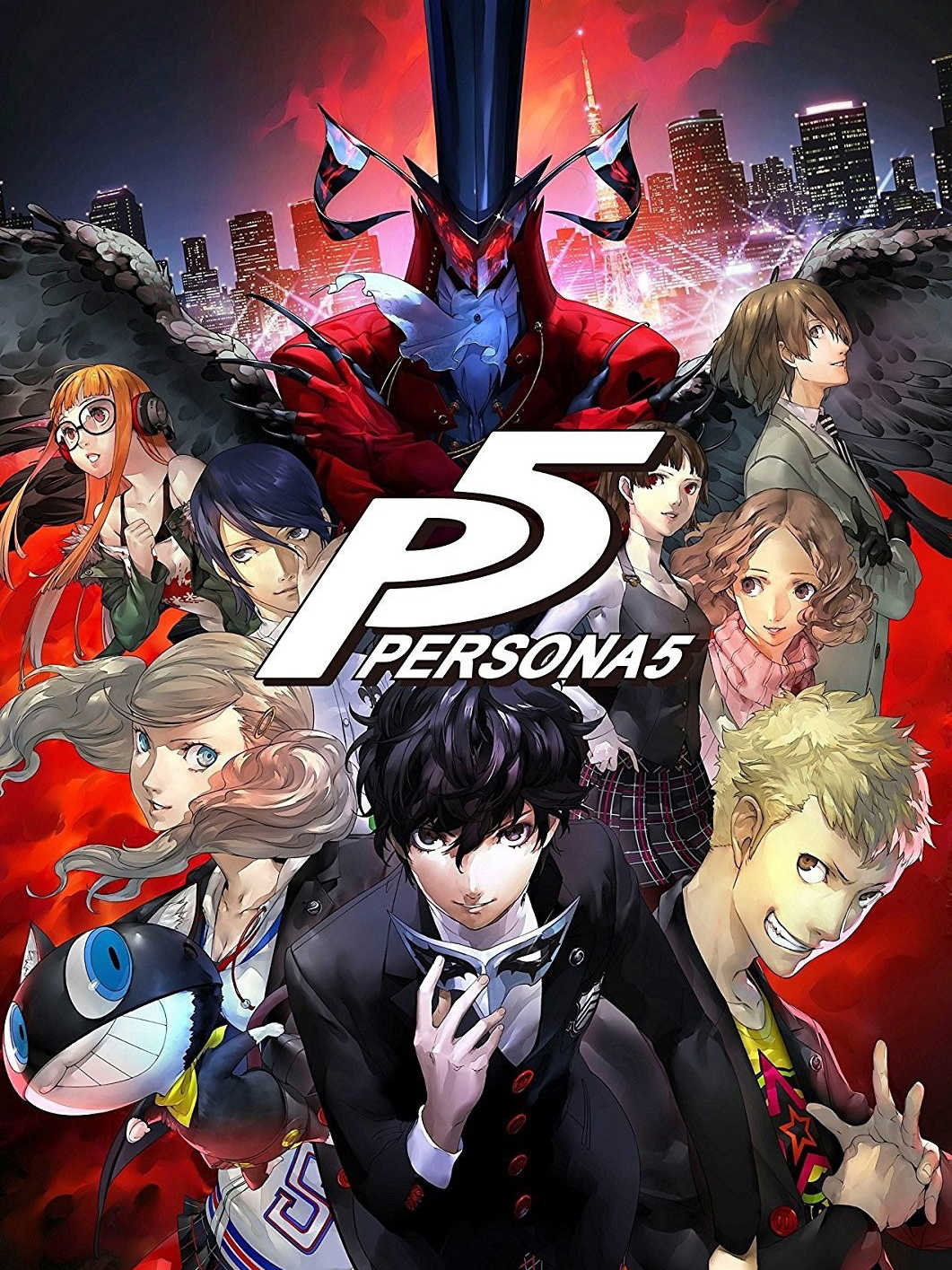
Persona 5
Persona 5, a turn-based JRPG with visual novel elements, follows a high school student with a criminal record for a crime he didn't commit. Soon he meets several characters who share similar fates to him, and discovers a metaphysical realm which allows him and his friends to channel their pent-up frustrations into becoming a group of vigilantes reveling in aesthetics and rebellion while fighting corruption.
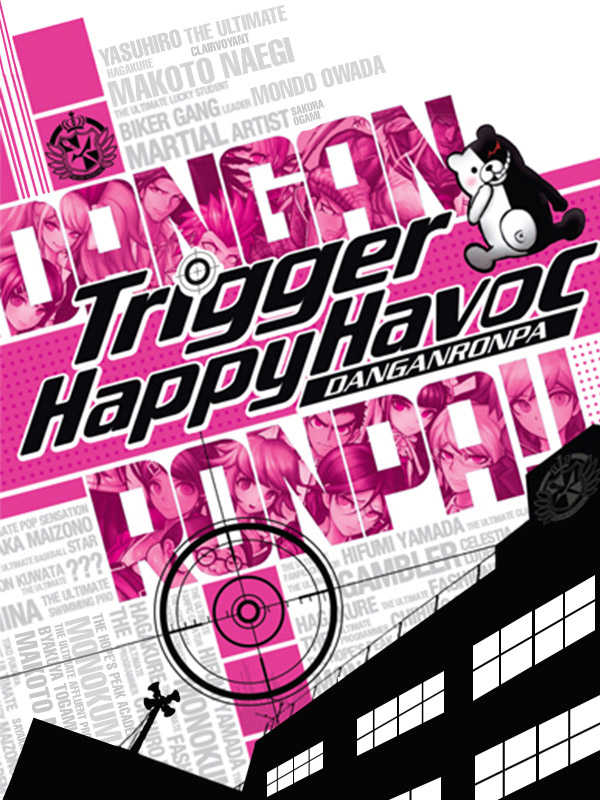
Danganronpa: Trigger Happy Havoc
In "Danganronpa" you'll dive into a series of class trials and expose the lies and contradictions of your classmates in order to find out who's behind each grisly murder. In each trial, you'll have to use the evidence and testimony collected during your investigation to literally shoot down your opponent's assertions. By combining logic and motion, "Danganronpa" offers an exciting and unprecedented gaming experience.
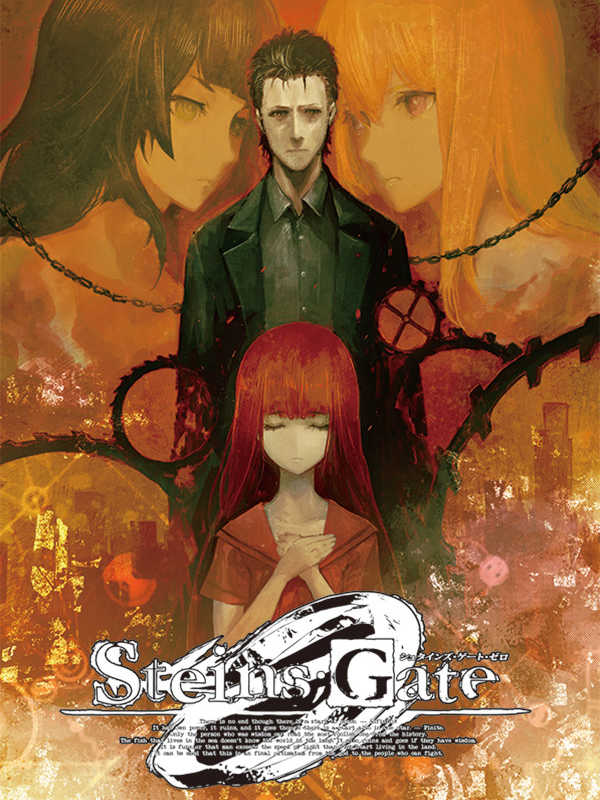
Steins;Gate 0
Steins;Gate 0 is a Japanese visual novel. It is the fifth game in the Science Adventure series and the sequel to Steins;Gate. Like Steins;Gate, the game is described as a "hypothetical science ADV". The player assumes the role of Okabe Rintaro in the β World Timeline.

Silent Hill 2
The second entry in the Silent Hill franchise, Silent Hill 2 is a narrative-focused third-person psychological survival horror game with emphasis on combat, exploration and puzzle-solving elements which follows James Sunderland, a man who receives a letter, seemingly sent by his three-years-deceased wife Mary, in which he is beckoned to the fog-ridden town of Silent Hill at the same time as numerous other people troubled by their past.
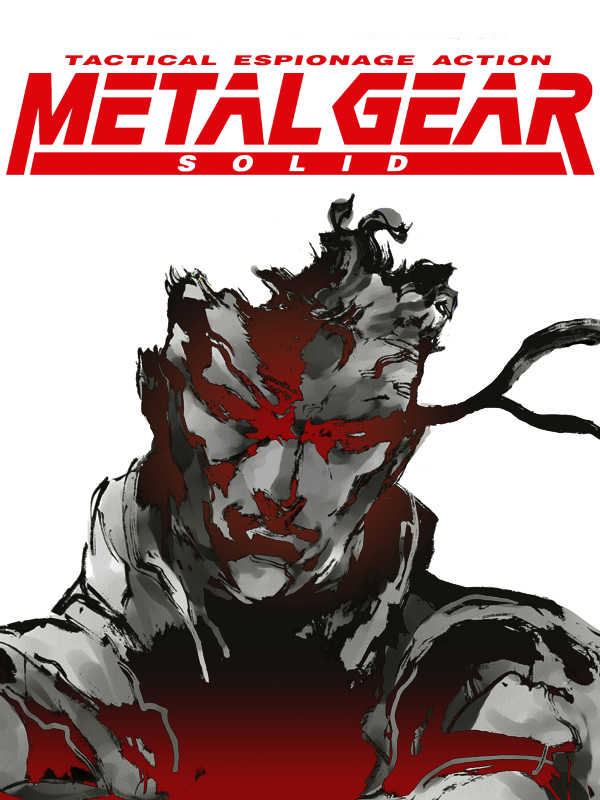
Metal Gear Solid
Metal Gear Solid is a stealth game created by Hideo Kojima which follows the MSX2 video games Metal Gear and Metal Gear 2: Solid Snake. Despite a transition to 3D, Metal Gear Solid's gameplay remains similar to his predecessors. The game utilizes a traditional top-down view and the player must navigate the protagonist Solid Snake through the game's areas without being detected. Detection will set off an alarm which draws armed enemies to his location. Conversations with Snake's allies and cutscenes are used extensively to advance the plot and gain more insight into it. Metal Gear Solid is regarded as one of the greatest and most important video games of all time, and helped popularize the stealth genre and in-engine cinematic cutscenes.
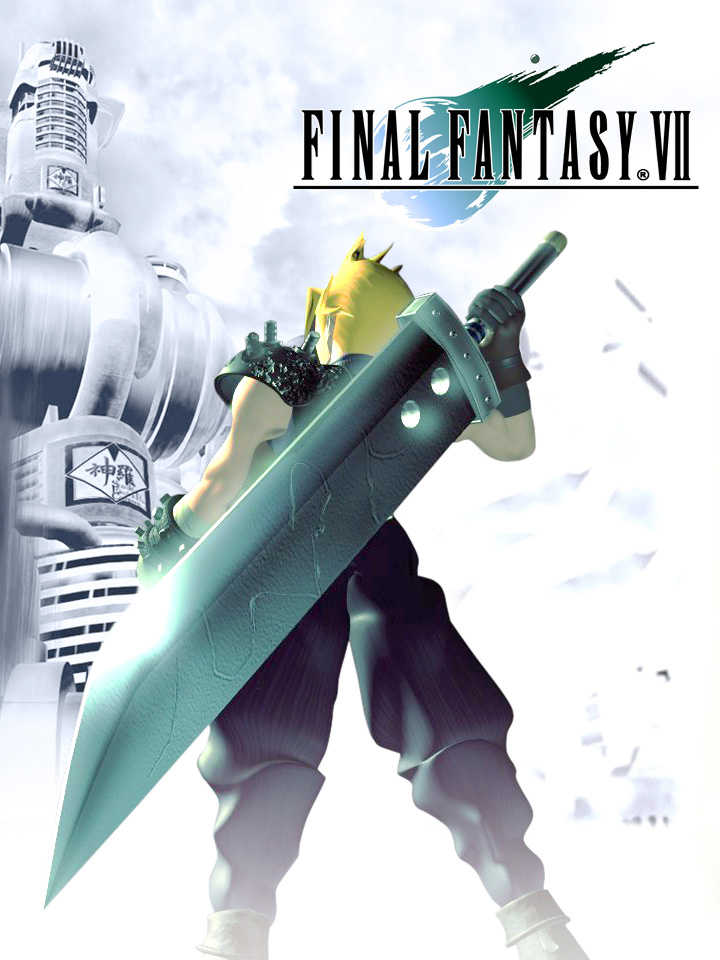
Final Fantasy VII
Final Fantasy VII is a role-playing game set in a post-modern, steampunk world where technology and fantasy elements coexist. Players control Cloud Strife, an ex-soldier who joins the eco-terrorist group AVALANCHE to oppose Shinra Inc., a corporation draining the planet's life energy. The game features turn-based combat with an active time element, a customizable Materia system for abilities, and unique Limit Break attacks for each character. Players explore 3D environments, engage in various mini-games, and uncover a complex plot involving Cloud's mysterious past and a powerful threat to the world. As the story progresses, players gain access to different vehicles, allowing them to explore new areas and uncover additional content.
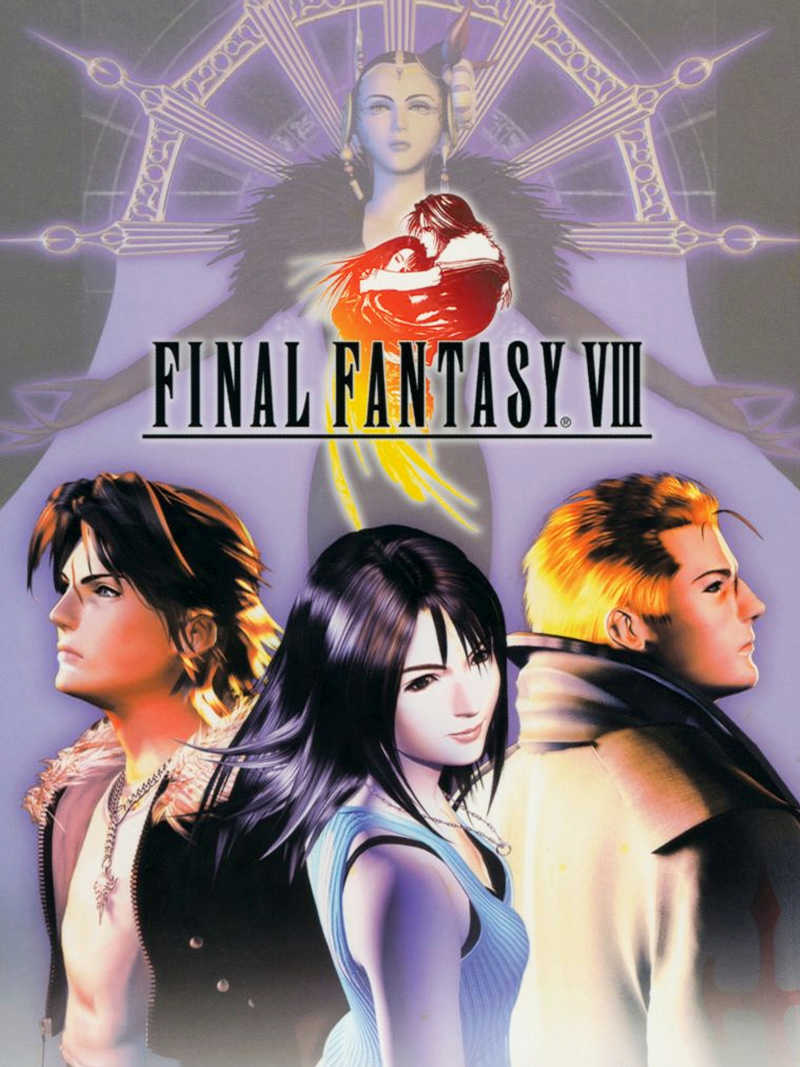
Final Fantasy VIII
Final Fantasy VIII is the eighth main installment in the Final Fantasy series. The gameplay makes a departure from many series standards. While it still uses the Active Time Battle system, it deviates from the series' traditional means of boosting a character's power via leveling, although levels are not completely abandoned as they were in Final Fantasy II. In addition, it does not have a Magic Point-based system for spell-casting. Instead, magic is collected, drawn, and created from items, and is used to power up the characters via the junction system.
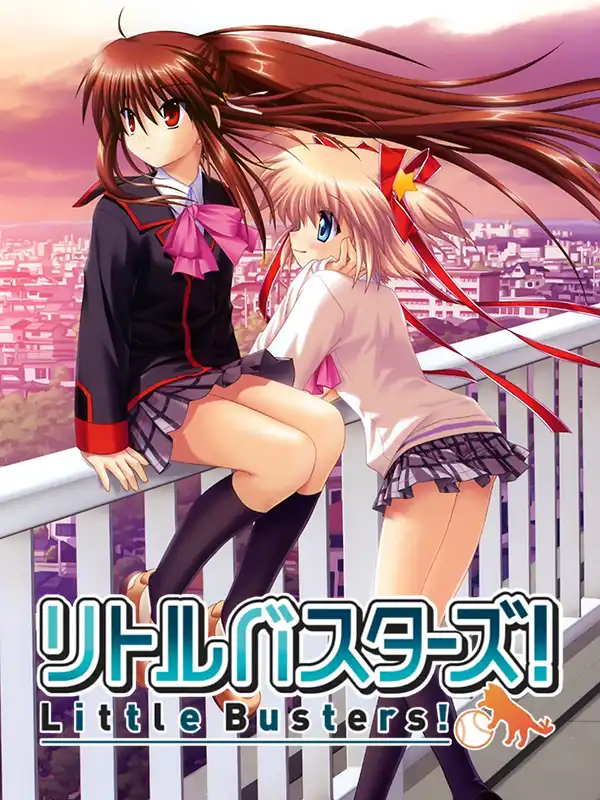
Little Busters!
Little Busters! is a Japanese visual novel developed by Key. The story follows the life of Riki Naoe, a high school student who has been a member of a group of friends named the Little Busters since childhood. Riki brings multiple girls at his school into the Little Busters to have enough people to play a baseball game. The game is rated for all ages in Japan, but a version containing adult content named Little Busters! Ecstasy exists as well.
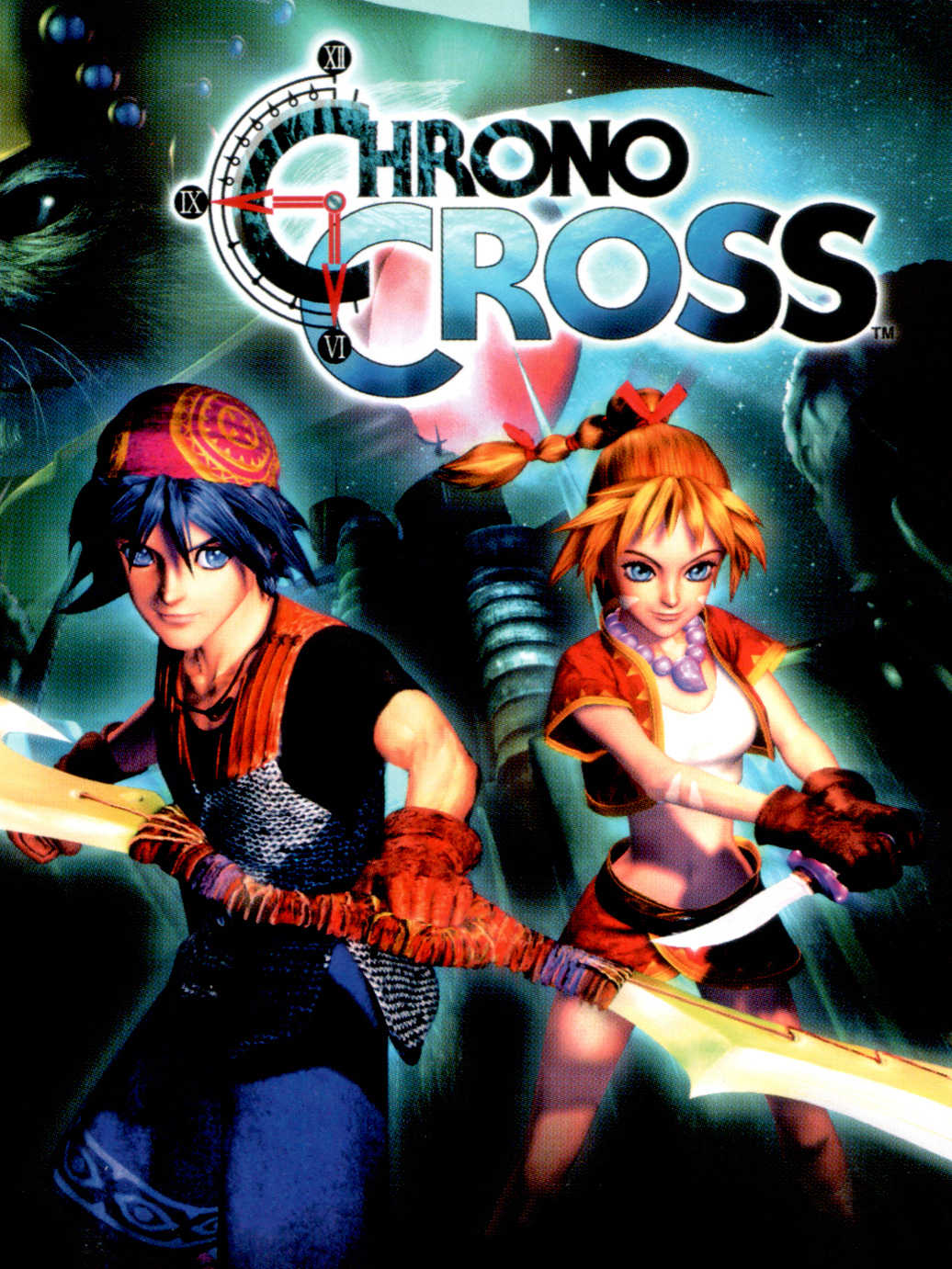
Chrono Cross
CHRONO CROSS, the sequel to the SNES favorite CHRONO TRIGGER, is one of the most ambitious role-playing games ever made. There are over 40 playable characters, each with their back-story, special moves, abilities, and weapons. The story spans two discs and follows the story of Serge, a young man who is able to cross dimensions. Suddenly he is pulled between worlds, trying to figure out his own past at the same time. The graphics are bright and beautiful, utilizing the PlayStation's capabilities to the fullest. The polygonal character models are huge and detailed, and the pre-rendered backgrounds are immaculately detailed. The music is composed and arranged by Yasunori Mitsuda, and features very realistic-sounding synthesizers. The battle system revolves around Elements, which are used to grant magical powers, as well as to summon huge monsters. For anyone that wanted to see the story of CHRONO TRIGGER continue, this is your chance.
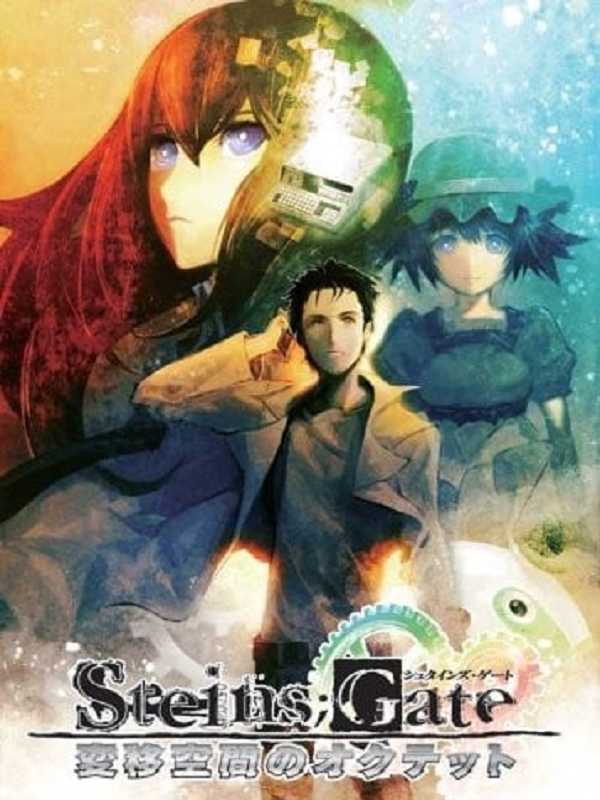
Steins;Gate: Heni Kuukan no Octet
A non-canon extension of the True End of the original game. Unlike the modern visual novel format of the original game, this retro game perfectly mimics the style of graphical text adventure games from the 8-bit PC era (e.g. PC-88), with the player typing short commands to interact with and explore the game world. It features all backgrounds and characters drawn in a low-color pixelated style with emulated scanlines, chiptune music played through an emulated FM chip, and no voice acting. Although non-canon, the game contains many easter eggs and references that connect Chaos;Head and Steins;Gate together.